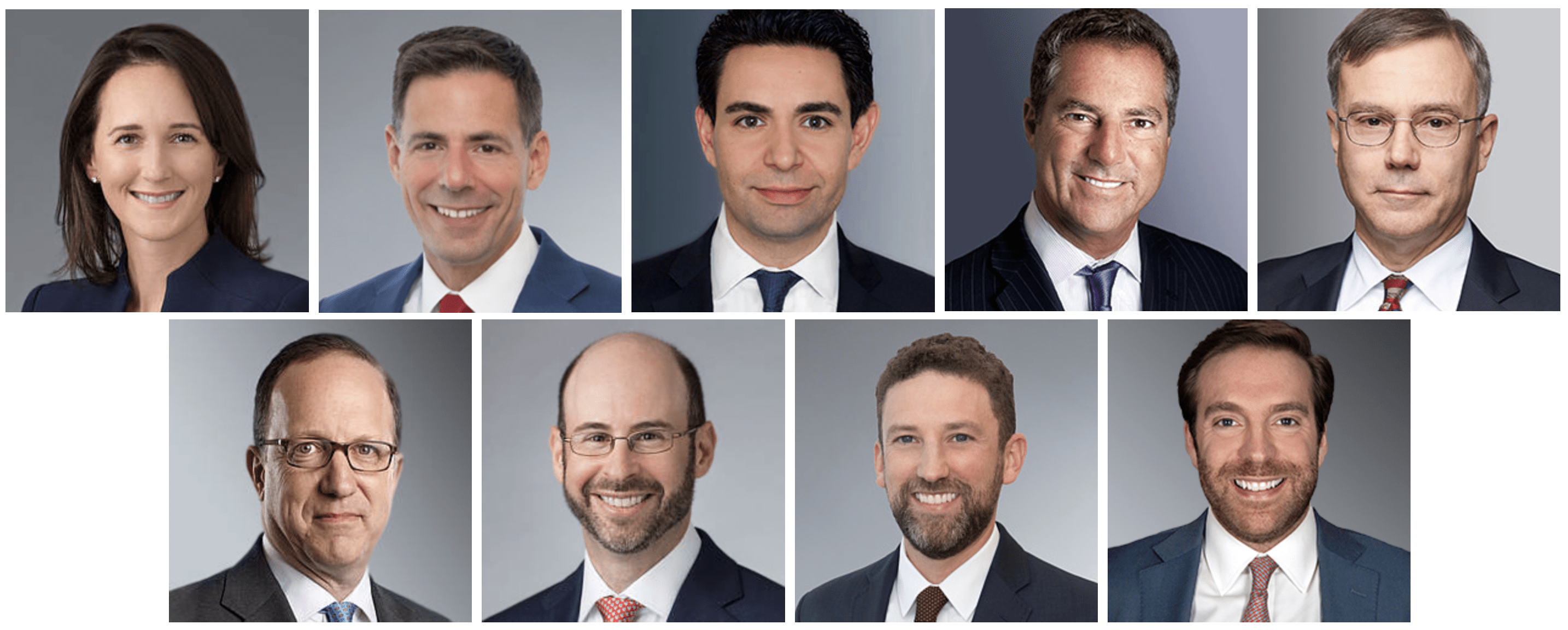by Jessica S. Carey, John P. Carlin, Roberto J. Gonzalez, Brad S. Karp, Richard S. Elliott, David Fein, David Kessler, Nathan Mitchell, and Jacobus J. Schutte

Top left to right: Jessica S. Carey, John P. Carlin, Roberto J. Gonzalez, Brad S. Karp, and Richard S. Elliott. Bottom left to right: David Fein, David Kessler, Nathan Mitchell, and Jacobus J. Schutte. (Photos courtesy of Paul, Weiss, Rifkind, Wharton & Garrison LLP)
On November 6, the U.S. Department of the Treasury’s Financial Crimes Enforcement Network (“FinCEN”) and the U.S. Department of Commerce’s Bureau of Industry and Security (“BIS”) jointly issued a notice (the “Notice”) announcing a new Suspicious Activity Report (“SAR”) key term, “FIN-2023-GLOBALEXPORT,” that financial institutions should reference when reporting potential efforts by individuals or entities seeking to evade U.S. export controls.[1]


